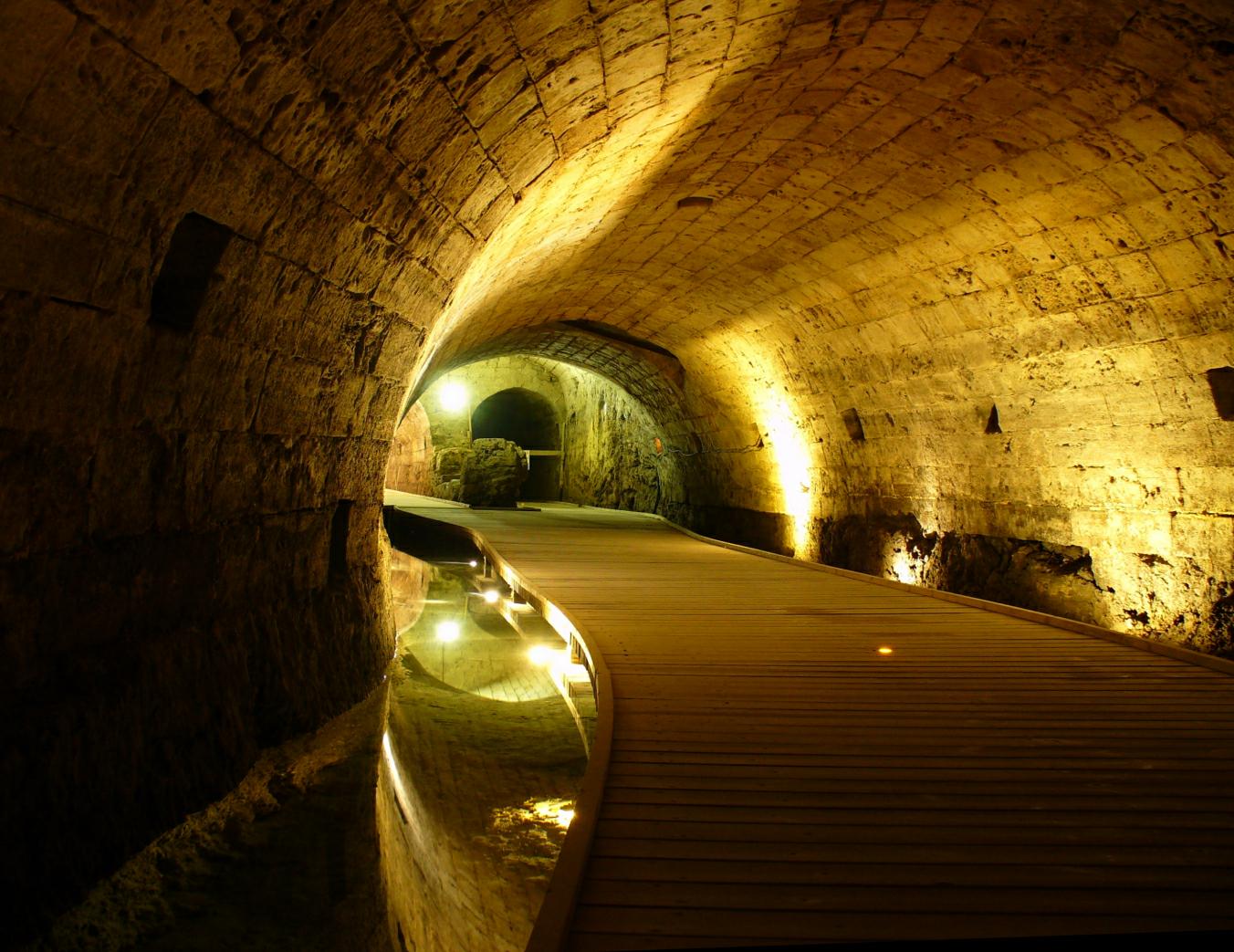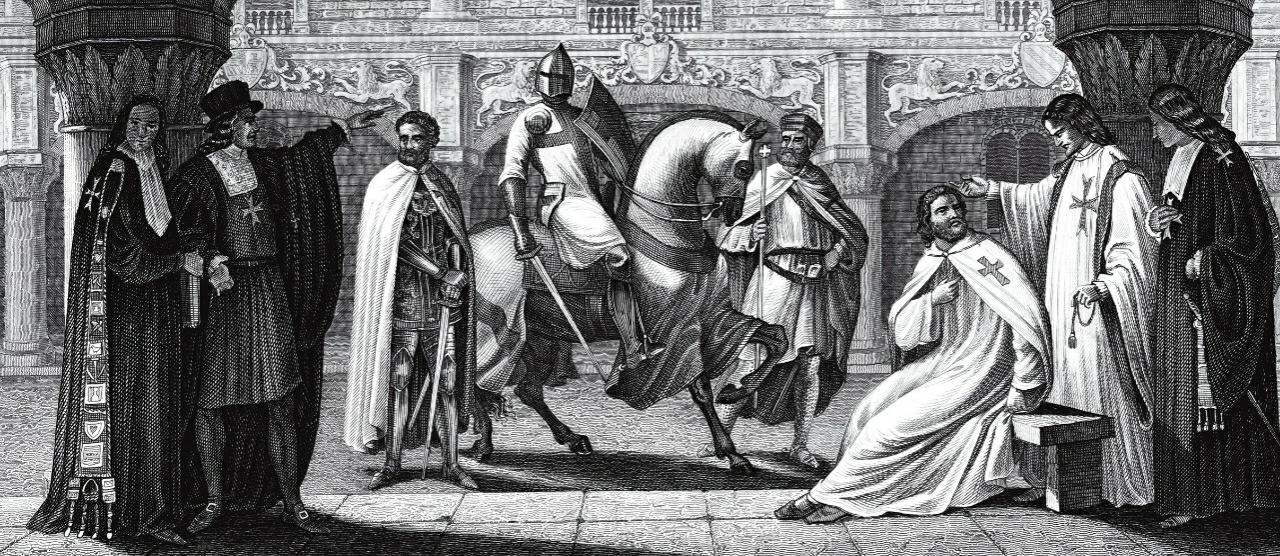The Templar Tunnel is an underground corridor in the modern-day Israeli city of Acre. When the town was under the sovereignty of the Kingdom of Jerusalem, the Knights Templar built the tunnel, which served as a key corridor between the Templar palace and the port.

After Acre fell to the Mamluks in the 13th century, the Templar Tunnel was lost and forgotten. A lady fighting a clogged sewage line beneath her house discovers the tunnel in 1994. Following the conquering of Jerusalem by the participants of the First Crusade, the Kingdom of Jerusalem was created in 1099.
Hugues de Payens, a French nobleman, founded the city around two centuries later. The Christ’s Poor Soldiers and Solomon’s Temple The Knights Templar had their headquarters on the Temple Mount, where they were in charge of defending Christian visitors visiting the Holy Land.
Acre under seige

Following Saladin’s reconquest of Jerusalem in 1187, the Templars lost their headquarters. Although the Muslims conquered much of the Kingdom of Jerusalem, the city of Tire, as well as several isolated Crusader fortresses, held out.
When Guy de Lusignan, King of Jerusalem, led an army to Acre in 1189, he launched the first significant counterattack against Saladin. Despite his army’s limited strength, Guy was able to lay siege to the city. Saladin was unable to marshal his forces in time to defeat the besiegers, who were shortly reinforced by Third Crusade participants from Europe.
The siege of Acre lasted until 1191, when the Crusaders took control of the city. The town became the Kingdom of Jerusalem’s new capital, and the Knights Templar were able to construct their new headquarters there.
The Knights were given the region southwest of the city, and it was here that they built their primary fortification. This castle, according to a 13th-century Templar, was the most powerful in the city, with two towers guarding its entrance and walls 8.5 metres (28 feet) thick. Two smaller buildings flank each of these towers, and a gilded lion atop each tower.
The Temple’s Fortress
The Templar Tunnel’s western end is marked by the Templar Fort. The fort is no longer operational, and the area’s most noteworthy landmark is the contemporary lighthouse. This lighthouse is near the west end of this tunnel.
The Templar Tunnel, which runs through the city’s Pisan area, is 150 metres (492 feet) long. A layer of hewn stone supports the tunnel’s ceiling, which is carved into the natural rock as a semi-barreled arch.
The tunnel’s eastern terminus lies in Acre’s southeastern district, at the internal anchorage of the city harbour. It is now the site of Khan al-Umdan (literally “Caravanserai of the Pillars”), which was erected during Ottoman authority in the 18th century.
Acre falls
Acre was besieged by the Mamluks of Egypt in April 1291, and the city succumbed to the Muslims a month later. Al-Ashraf Khalil, the Mamluk Sultan, ordered the city’s walls, forts, and other structures to be demolished so that the Christians could never use them again. Acre lost its importance as a maritime city and fell into disuse until the late 18th century.
The Templar Tunnel has been rediscovered by archaeologists.
The Templar Tunnel, on the other hand, remained a mystery for years after Acre was conquered by the Mamluks. That’s when the case was looked into. The Templar Tunnel had been discovered. The tunnel was later cleaned and outfitted with a corridor, lights, and an entrance.
The Acre Development Company has been uncovering and repairing the eastern section of the tunnel since 1999, and it was opened to the public in 2007.




